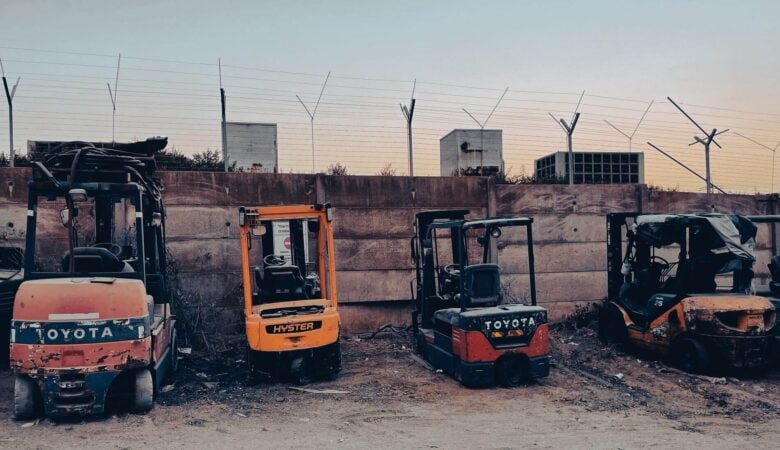It seems as though the heavy trucking industry is working harder than ever to enter the realm of autonomous trucking. Every time an equipment manufacturer announces even the slightest bit of progress in the arena of automotive autonomy, dozens of news articles and blog posts begin speculating a future where trucks rumble down the highway without drivers sitting in their seats. We would like to suggest a bit of cautious skepticism.
Set aside heavy trucking for one minute and just consider all the hurdles that have to be overcome to make passenger vehicles autonomous. There is a reason we have been working on this for more than a decade and are might still have while towards achieving driverless driving. Autonomous technology must overcome the imperfections of humanity in order to succeed, and that is no easy task. Things are even more complicated when attempting to apply automotive autonomy to heavy trucking.

One of the biggest problems of autonomous trucking is based in cargo control. Both federal and state laws require truck drivers to properly secure their cargo prior to transit, then ensure it remains properly secured until delivery. Such mandates pose a big problem for autonomy. If you are going to truly automate trucking, you must also find a way to automate cargo control.
Loading and Securing Cargo
The first hurdle to overcome is automating cargo loading and securing. This is easier to do with dry vans, refrigerated vans, and other enclosed trailers. It is not so easy with open-deck trailers. In fact, it’s a lot harder in the open-deck environment.
A dry van is really just a box on wheels. It would be fairly simple to automate loading by utilizing a robotic conveyor system and stacking mechanism. Just create uniform pallets and the robots to handle them and you’re all set. We already have the technology to do it. As for flatbeds, it is an entirely different ballgame.
A flatbed, or open-deck trailer, is used primarily to transport cargo that cannot be moved safely or efficiently in an enclosed trailer. That automatically means non-standard loads that cannot be loaded and stacked by robots. It also means manual cargo control that requires the use of chains, straps, blocks, bungees, and truck tarps. Everything you would normally get in a box trailer scenario has to be implemented manually on an open deck.
We may someday have robots capable of inserting blocks and tying down concrete tubes. We might have drones that can deploy truck tarps much more quickly and efficiently than human beings. We may eventually reach a point at which loading lumber is an entirely automated process. However, we are not there yet.
Maintaining Cargo Control
It is a Herculean task just to automate loading and securing cargo. But for trucking to be completely autonomous, there has to be a way to maintain cargo control throughout an entire journey. Now you are talking about computer and robotic systems capable of monitoring chains, straps, etc. while a truck is in transit. And if anything is amiss, the system has to be able to self-correct.
Given the ever-changing environment of cargo control, it is highly unlikely that we will be able to automate the process at any point in the relatively near future. If true trucking autonomy is ever realized, we are likely looking at decades before workable prototypes are even available.
As wonderful as the idea is, autonomous trucking is more fantasy than reality. Cargo control is just one of the many hurdles that science is not close to overcoming at this point.









